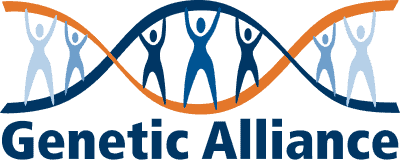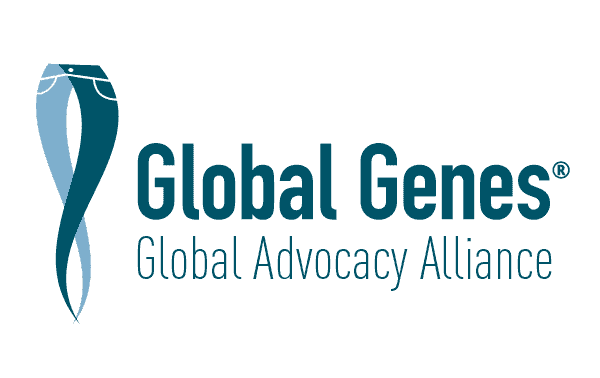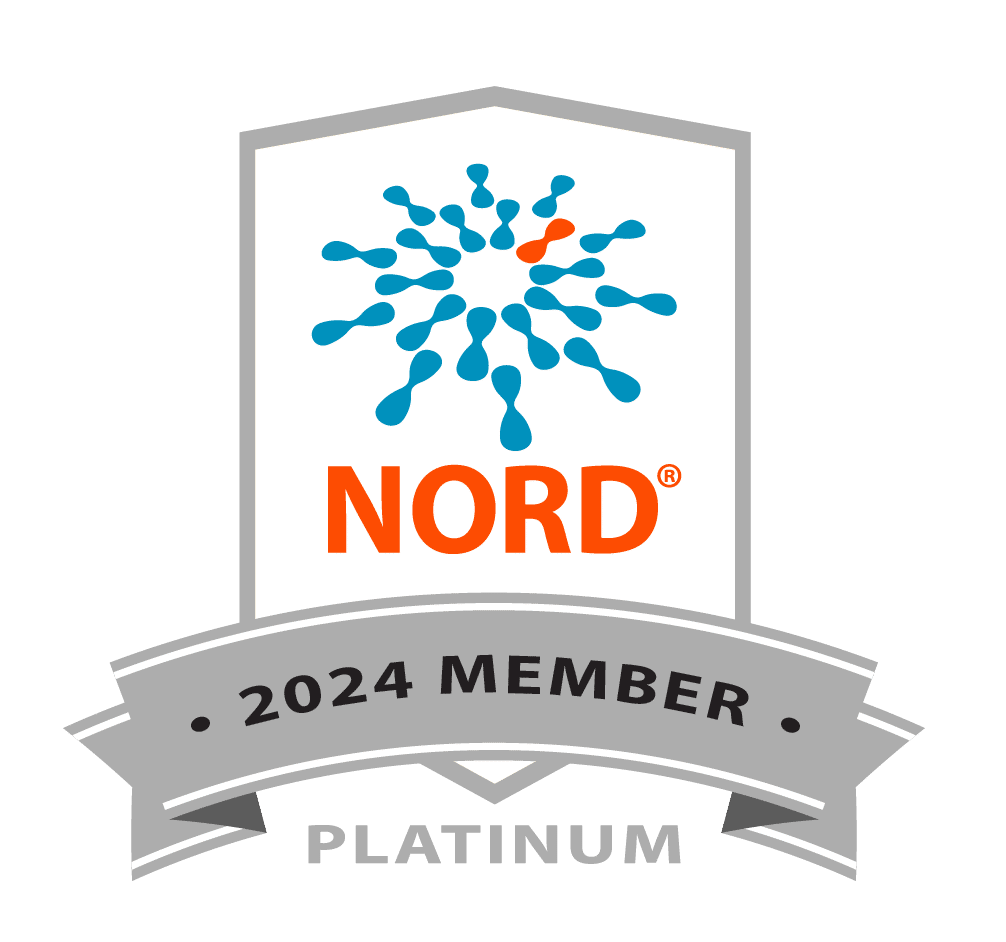Isabel Hernández-Porras1, Alberto J. Schuhmacher1,§, Salvatore Fabbiano2, Marta Cañamero1, Francisca Mulero1, Xosé R. Bustelo2, Carmen Guerra1 and Mariano Barbacid1
1Centro Nacional de Investigaciones Oncológicas (CNIO), E-28029 Madrid, Spain.2Centro de Investigación del Cáncer, CSIC/University of Salamanca, Campus Unamuno, E37007, Salmanca, Spain. §Present address: Cancer Biology and Genetics Program, Memorial Sloan-Kettering Cancer Center, New York, NY 10021, USA
Noonan syndrome (NS) is an autosomal dominant disorder characterized by short stature, distinctive facial dysmorphism, cardiac defects and increased risk of leukemia. Approximately 50% of NS cases are associated with germline mutations in PTPN11. Other known NS genes include SOS1, RAF1, BRAF, K-RAS, N-RAS and SHOC2. Although K-RAS mutations are found in a low percentage of clinically diagnosed patients (<3%), they usually correlate with the appearance of more severe symptoms. These mutations result in milder activation of the K-RAS protein and are different from the somatic mutations found in human tumors. We have generated a K-Ras knock-in mouse model that carries a germline K-RasV14I mutation, one of the alleles identified in NS patients. K-Ras+/V14I mice are viable indicating that K-RasV14I expression is compatible with embryo and postnatal development. However, homozygous K-RasV14I/V14I animals display high perinatal lethality due to cardio-respiratory problems. Both heterozygous and homozygous mutant mice display some of the features observed in patients with NS, including small size, craniofacial abnormalities and cardiomegaly. Furthermore, expression of the K-RasV14I allele is associated with short life span due to a fatal myeloproliferative disorder characterized by leukocytosis, splenomegaly and myeloid cell expansion in the spleen. Flow cytometry analysis also revealed an increase of the hematopoietic stem cell pool in the bone marrow of these animals. These mice should help to better understand the molecular and cellular bases of the defects associated with NS and to evaluate preventive as well as therapeutic strategies.




